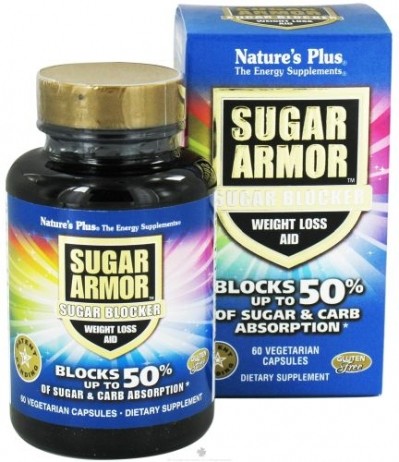‘Healthy blood sugar’ more meaningful than 'glycemic index'

While people with type 2 diabetes understood the importance of blood glucose control, food manufacturers had struggled to get the concept across to the mass market, and terminology such as GI and GL was not helping, said senior business development manager Rhonda Witwer.
“There is a good deal of confusion about the use of terms like ‘glycemic index’ and ‘glycemic load’, including among food companies using this terminology for their products. This reflects, in part, differences within the research community about how to measure and interpret glycemic-related issues.
“It may be that how you get to healthy blood sugar levels may be more important than simply reducing the glycemic response”, she added, pointing out that you could achieve a low GR simply by eliminating carbs, which has been discredited as the key to a healthy diet.
“The data demonstrates that reducing glycemic response or glycemic index by itself is inconsistent, which suggests that other factors are involved. Just as we have seen in the antioxidant category, the awareness of the overarching benefit may be only part of the story.”
More blood glucose control products will hit market
To engage consumers, manufacturers would be better off talking about maintaining healthy blood sugar levels and combining this with messaging about maintaining a healthy weight and energy balance when using resistant starch, she said.
“We are seeing increased interest in the food industry in the area of blood glucose control, with a handful of products on the market already and more on the way. The claims companies typically make in this area include ‘helps maintain healthy blood sugar levels’ because it is a simple, easy way to put a positive benefit on a food that many consumers may be worried about consuming.”
While many manufacturers were using National Starch’s Hi-Maize resistant starch to make high-fiber claims, a growing number were also looking at its benefits on blood sugar, said Witwer.
“With the critical situation Western society faces with blood sugar issues; increasing insulin sensitivity, reducing insulin resistance and helping to maintain healthier blood sugar levels may well be the best way Hi-maize can make a difference,” added Witwer, who was speaking to FoodNavigator-USA.com following the publication of new research suggesting low doses (15g/day) of Hi-Maize could improve insulin sensitivity in men at risk for prediabetes.
20 new products featuring Hi-Maize in past year
Over the past year, more than 20 stock-keeping-units containing Hi-maize 260 resistant starch had hit the US market, with several more products in the pipeline, claimed Witwer.
“The primary on-pack claims include: Good/excellent source of fiber; supports healthy weight; helps maintain healthy blood sugar levels; promotes energy balance; and gluten-free.”
While research showed that Hi-Maize had prebiotic effects (it resists digestion in the small intestine and promotes the growth of beneficial bacteria in the large intestine), this was not a significant commercial opportunity, given that there were other more researched prebiotic ingredients that could be used at lower doses, she said.
However, more customers were making a connection between Hi-Maize, insulin sensitivity and weight control, she said, although firms wanting to make satiety claims would need to conduct studies on their specific products, she stressed.
Pasta, pancakes, smoothies and pizza
In processed foods, customers typically replaced about 15-20 percent of the wheat flour in recipes with Hi-Maize, she said. “In items like pancakes, smoothies and pizza, it can act as a one-to-one replacement. In breads and bars, the recipes will have to be modified.We are seeing growth in all categories, with the exception of yogurts. Another notable area of growth is in pasta.”
Dietary supplements
National Starch - which is owned by Corn Products International - was also working with several firms in the dietary supplement space following the publication of research suggesting that very low doses (15g/day) of Hi-Maize could improve insulin sensitivity in men at risk for prediabetes, she revealed.
“We see supplementation either in a dry form or powder that could be used in homemade smoothies and shakes as well as its incorporation in foods.”
She added: “There is a range of functional foods that would allow incorporation of Hi-maize including shakes, mixes, and specialty flours. Supplementation could be considered once-a-day, perhaps at breakfast, in which 5-15g of resistant starch would be recommended based on the needs of the individual. It’s not soluble in water so you would need to shake the sachet on food, add to your yogurt or mix into oatmeal.”









